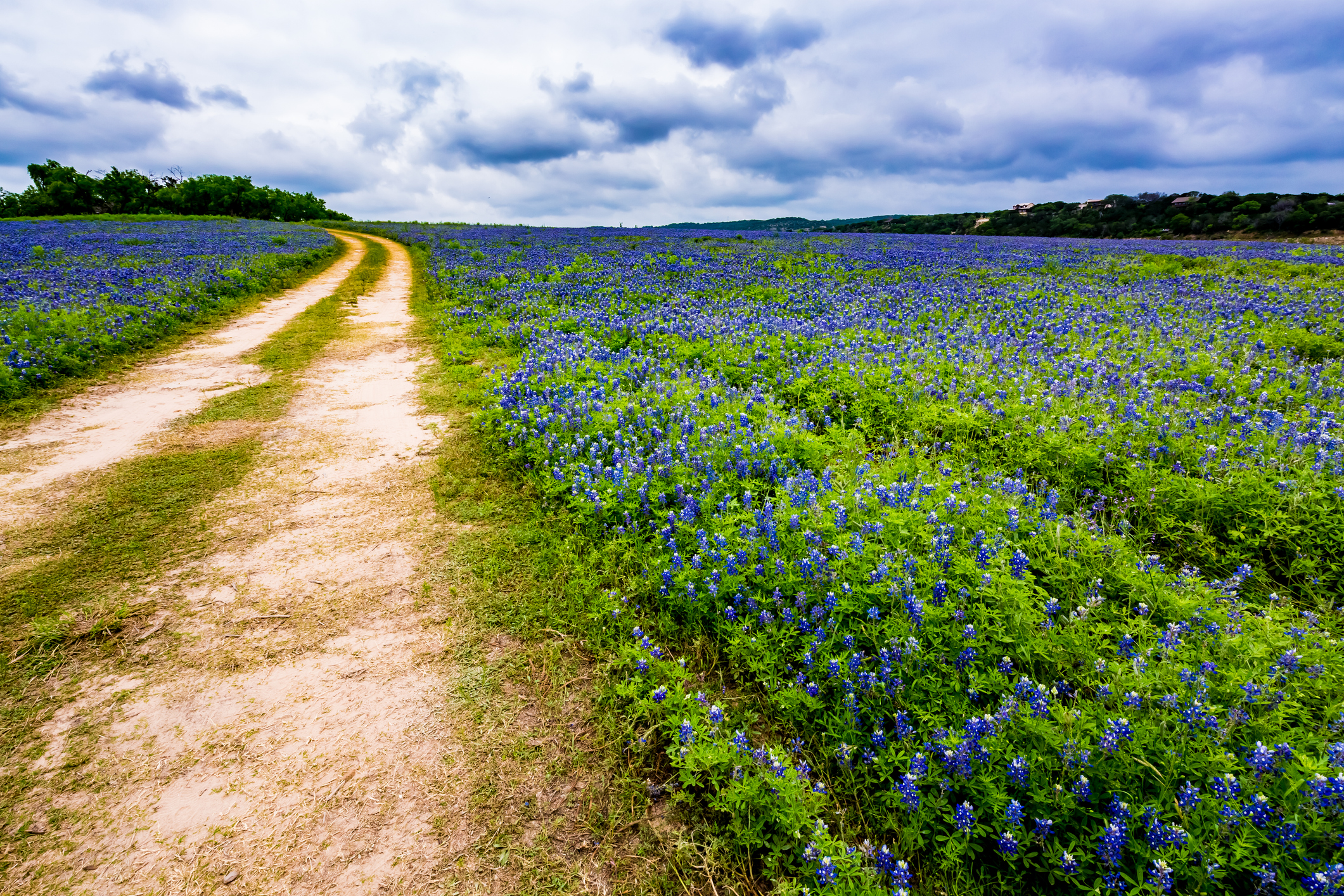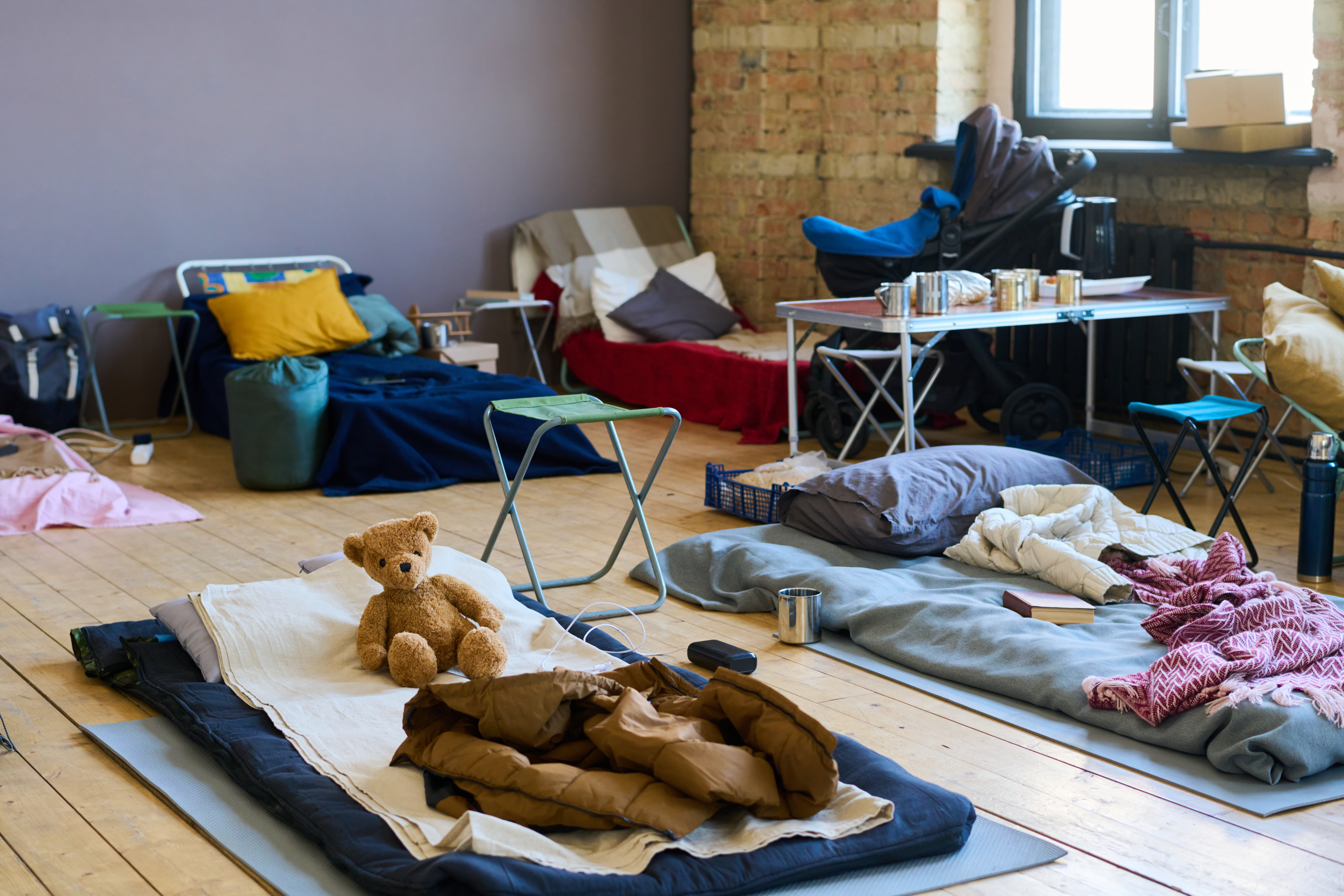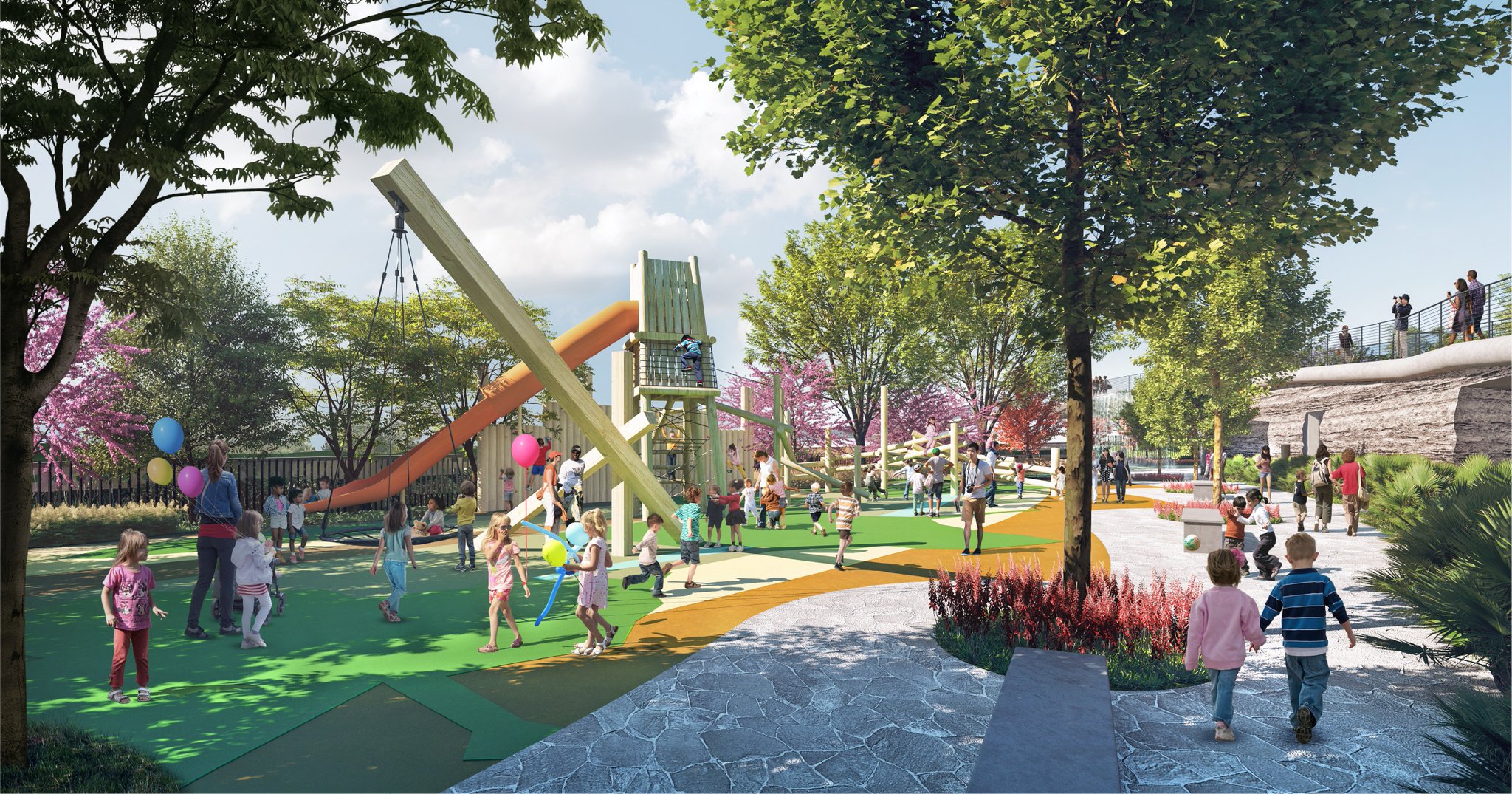-
Contact Us
-
General Inquiries/Service Requests:
- 888.313.6862
-
contactcenter@oncor.com
-
(Mon.-Fri., 8 a.m.-6 p.m. Central Time)
-
For Outages
- 888.313.4747
-
(24/7)
In 1930, on a quiet corner on Flora Street in Dallas stood a brick-lined, four-story building, housing a modest gymnasium with an indoor track, 52 visitor beds, and an indoor lap pool. At the time, this was the only local organization of its kind in the Southwest to serve African American men, the Moorland Young Men’s Christian Association (YMCA).
Today, the same historical building continues its 90-year legacy of equality, community, and pride through its new residents, Dallas Black Dance Theatre (DBDT). Founded in 1976, DBDT is the single largest and longest continuously standing dance company in Dallas. Originally founded at Bishop College, DBDT named the Moorland YMCA building its new permanent home in 2008.
For Executive Director Zenetta Drew, the historic building is an extension of the company and an important part of the company’s legacy.
“Built as the first YMCA for African Americans in the Southwest in 1930, the building connects the current Dallas Arts District that surrounds it with the neighborhood’s past as a beacon of African American enterprise and activity,” says Drew. “DBDT considers itself a steward of this great past and as the only minority arts organization in the Dallas Arts District ensures the building continues to serve an inclusive community.”
Today, DBDT is a robust organization offering rich experiences for community members of all ages, including five performing companies and its training Academy. The once-popular gym and neighboring indoor lap pool of the early years of the Moorland YMCA now serve as spaces for rehearsal and classes for its performers and students. More than 2.7 million students have trained under the Dallas Black Dance Academy over the last 45 years.
“The company also hosts an onsite training Academy for more than 550 students weekly and conducts extensive outreach in the community,” says Drew. “The educational classes and demonstrations expose students to the art form of dance while also helping cultivate transferable skills like discipline, collaboration, creativity, and leadership. Studies have shown that children with at least one arts class score higher on standardized tests, and DBDT’s own Academy boasts a 100% graduation for all seniors taking classes since 2012.”
Since 2009, DBDT has been a resident company of the local AT&T Performing Arts Center and its performance home is the Dee & Charles Wyly Theatre. The dance company’s performance season offers patrons the chance to experience seven different new series every year. Each is filled with poignant themes that not only touch all who experience their artistry, but that radiates its position as a majestic symbol of hope, strength and passion for its community. Every season of DBDT and DBDT: Encore! is more breathtaking than the last, offering thought-provoking scenes that depict critical moments in history, cultural significance and the epitome of artistic talent.
For Drew, Dallas Black Dance Theatre provides the community, Dallas residents and visitors with both intrinsic and extrinsic benefits.
“Performances impact audiences both emotionally and intellectually to provide meaning and deeper understanding of emotions and current events,” says Drew. “Performances also have extensive social benefits by providing places for groups and friends to experience something new and unique. The organization and its Dallas season of performances stimulate a total approximated $6.3 million in economic impact annually—including ticket sales, restaurant bills, hotel nights, parking, additional entertainment for patrons and employees.”
Whether performing in the Wyly Theatre, Moody Performance Hall, or the Majestic Theatre, the success of every performance is grounded in the ability to showcase every concert in a performance hall with multiple electrical fixtures, including house lights, rear entrance work lights, stage working rehearsal lights, gallery working lights, commercial air conditioning systems, computer, payment and security systems, performance lighting and commercial audio amplifiers and sound systems.
Drew highlights that the work of the Dallas Black Dance Theatre is an important symbol for all.
“Dallas Black Dance Theatre was created as a gift to the city to represent the entire community,” said Drew. “Founded at a time when African Americans experienced extensive barriers to professional dance careers, DBDT has always sought to be inclusive of people of all races and backgrounds. While predominantly African American and highlighting African American perspectives, the company has been integrated since its founding in 1976.”
Dallas Black Dance Theatre is an essential thread of the North Texas fabric. Serving over 100,000 arts patrons in the DFW area annually, it touches lives and continues to empower both Texans and patrons across the world year after year. The virtuosic dancers of Dallas Black Dance Theatre have mesmerized 4.3 million arts patrons across 16 countries and 5 continents, including two Olympic Cultural events.






For Oncor, powering Texas means powering dance. Providing safe and reliable electricity to Oncor customers includes serving businesses that play a critical role in the community every day. With hundreds of dance companies, studios, community theaters and performance halls across Oncor’s service territory, thousands of students, instructors, parents, and audience members enjoy entertaining and memorable performances. Delivering electricity to customers in the Lone Star State not only means providing an everyday necessity to more than 10 million Texans, but it means empowering communities to thrive and inspire others to dream more, do more and be more than ever before.








